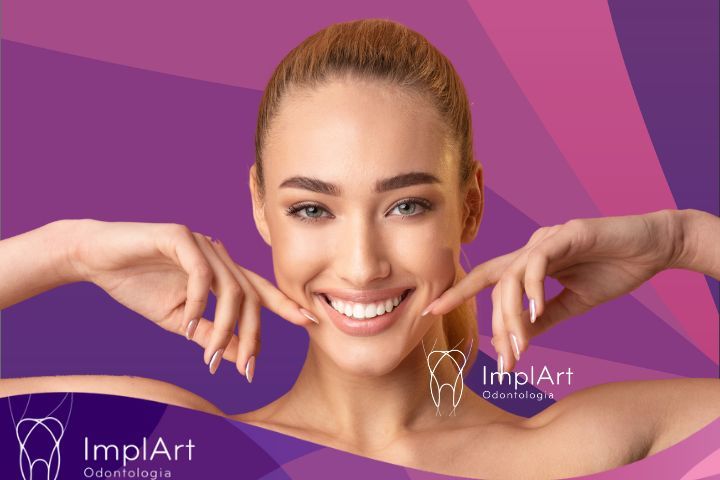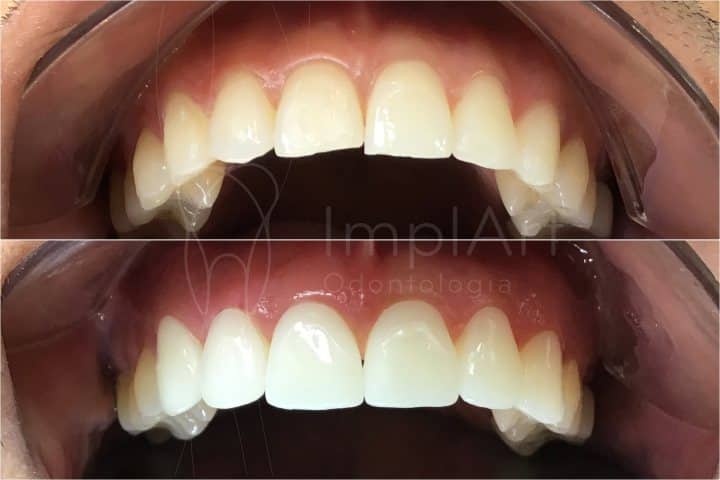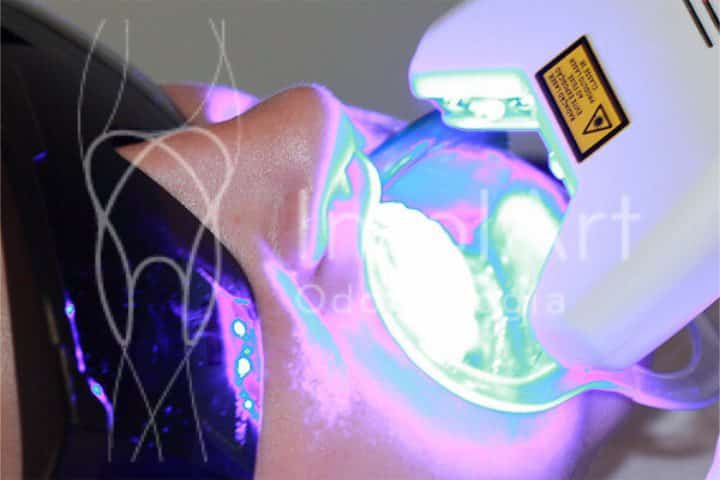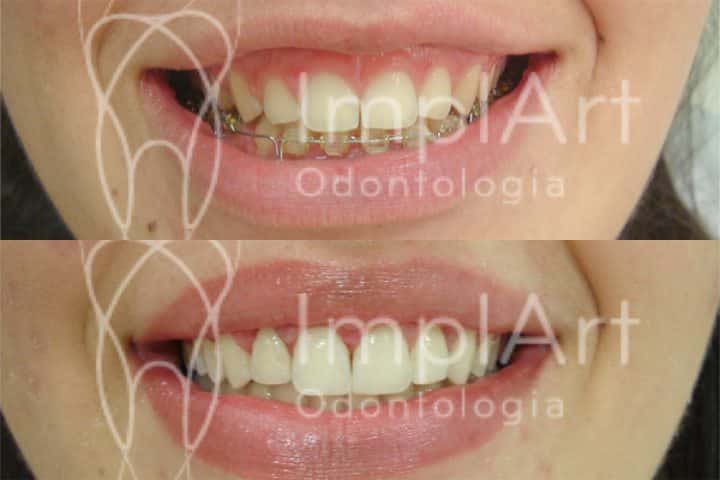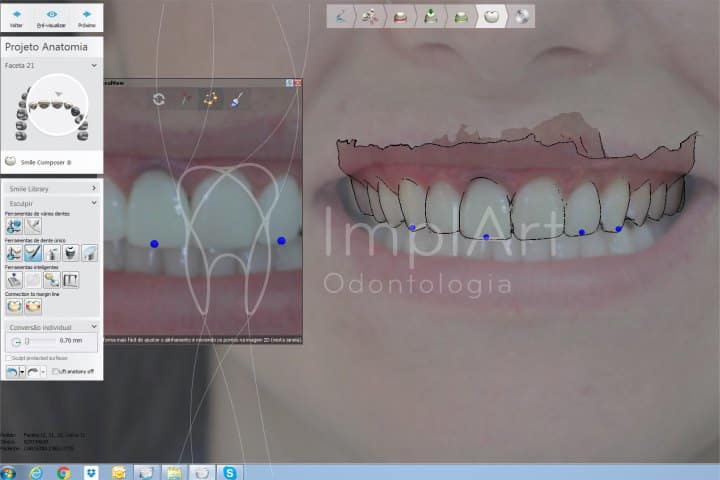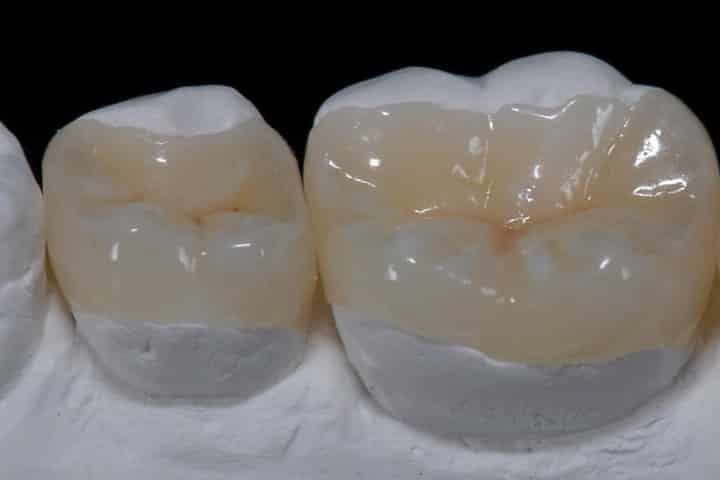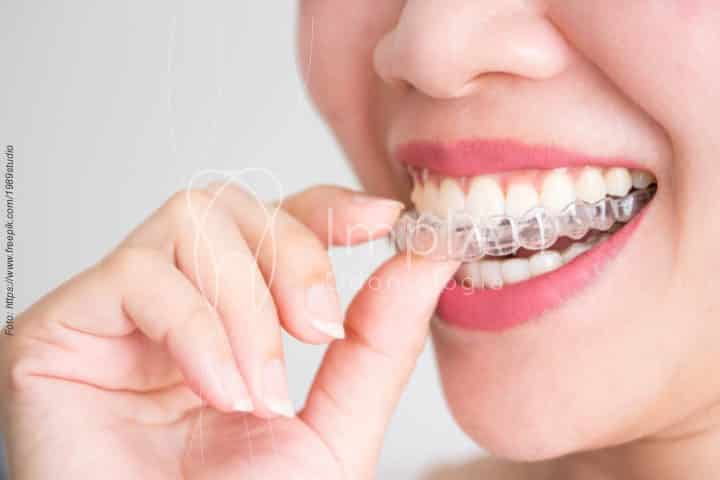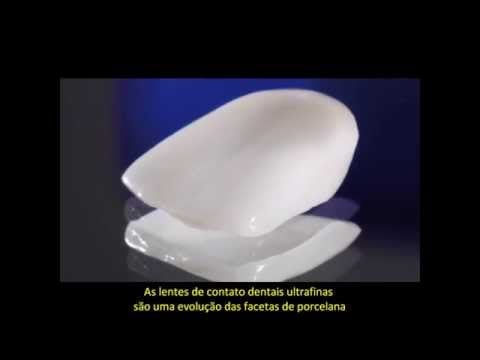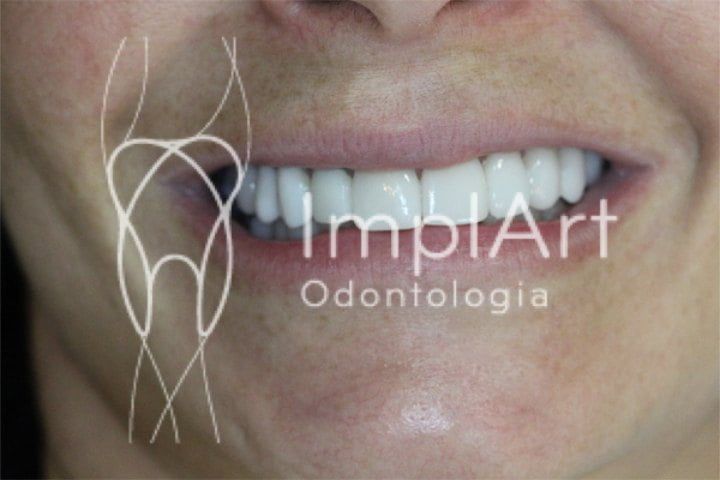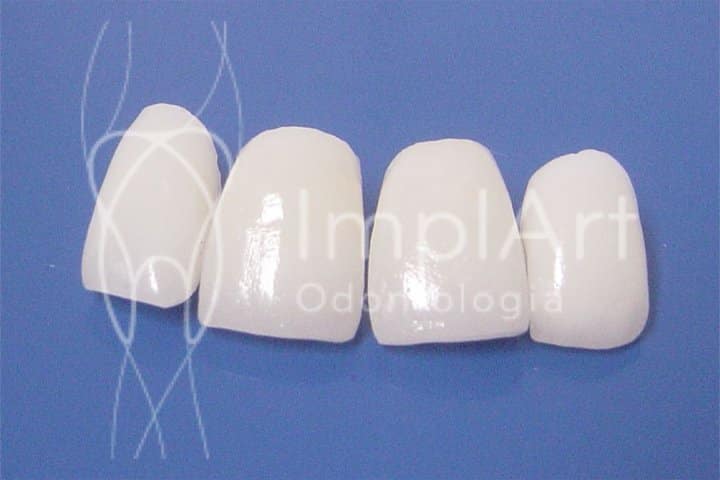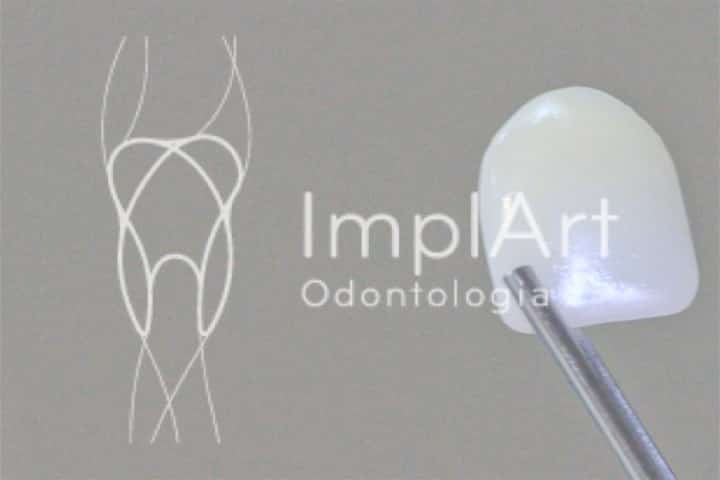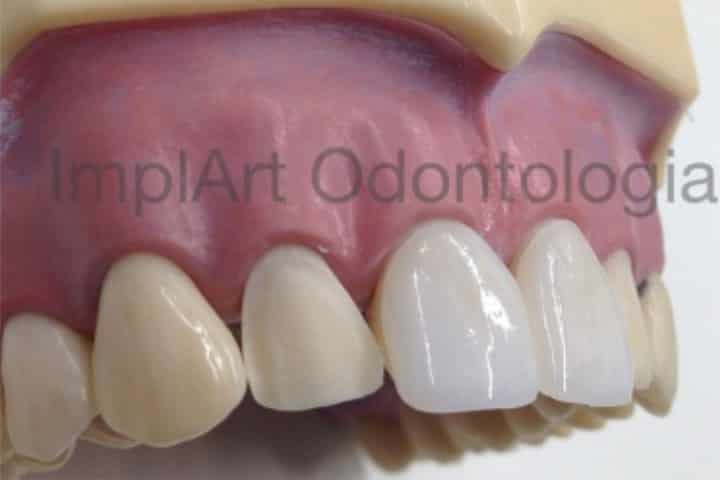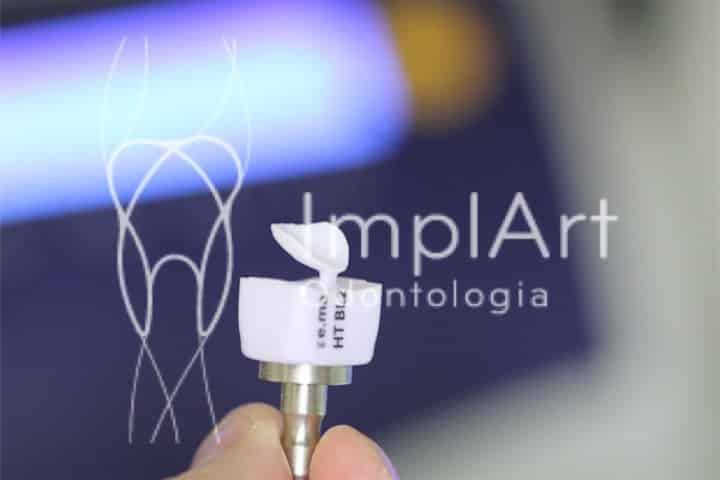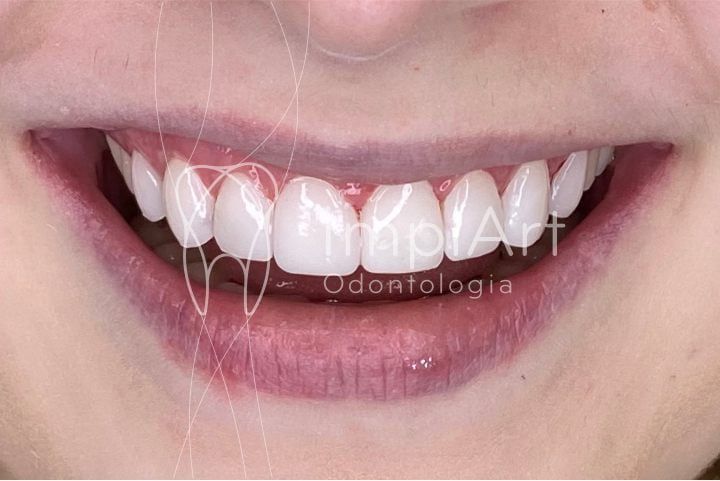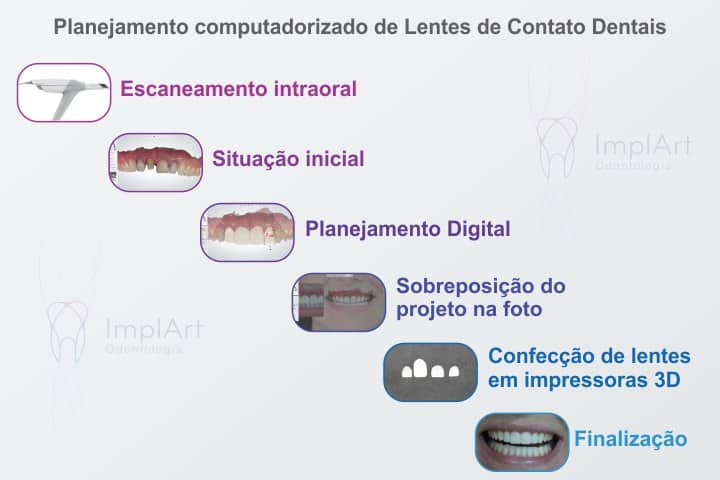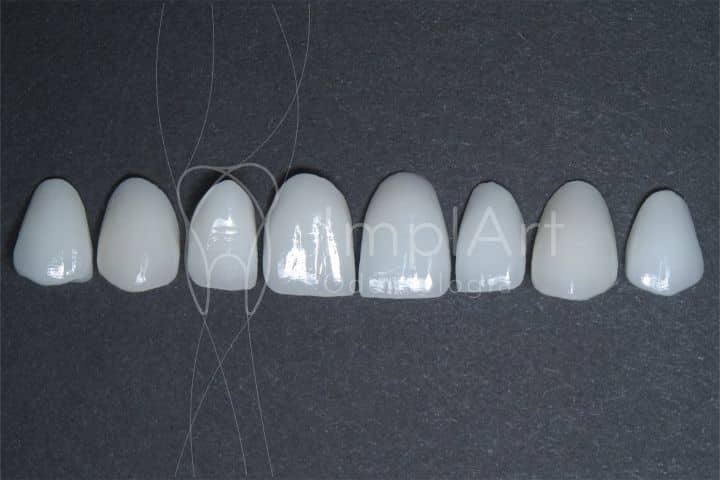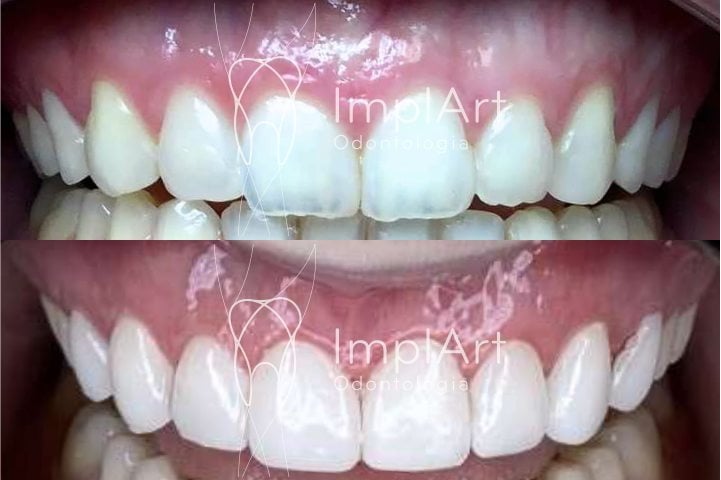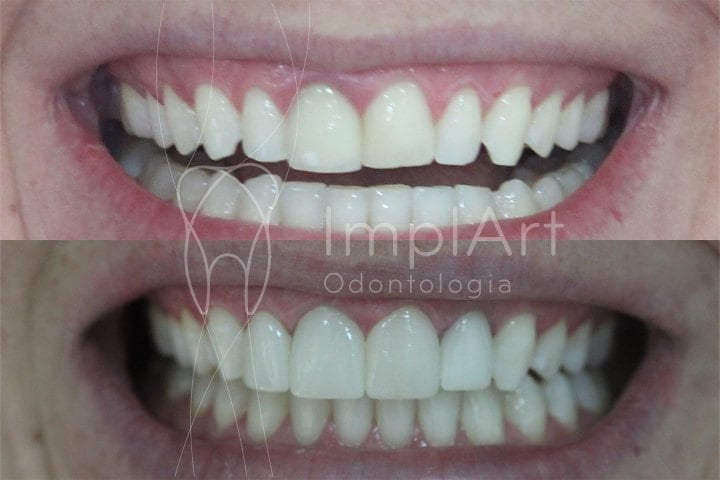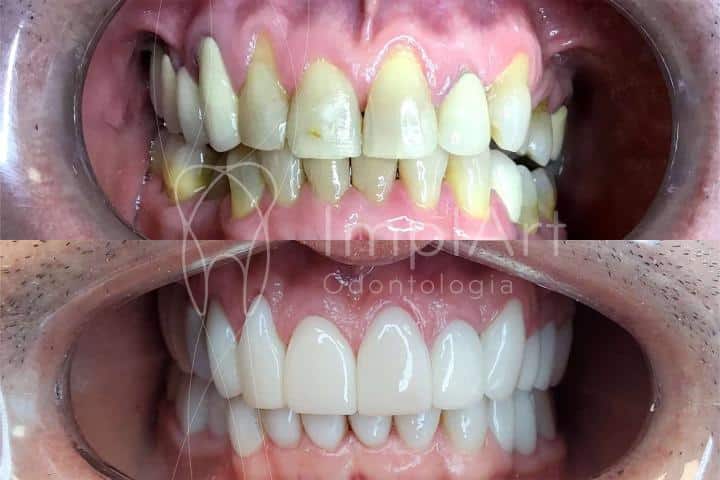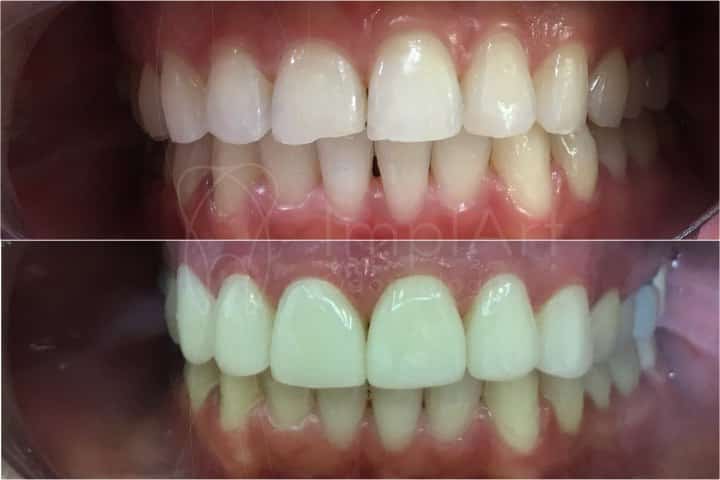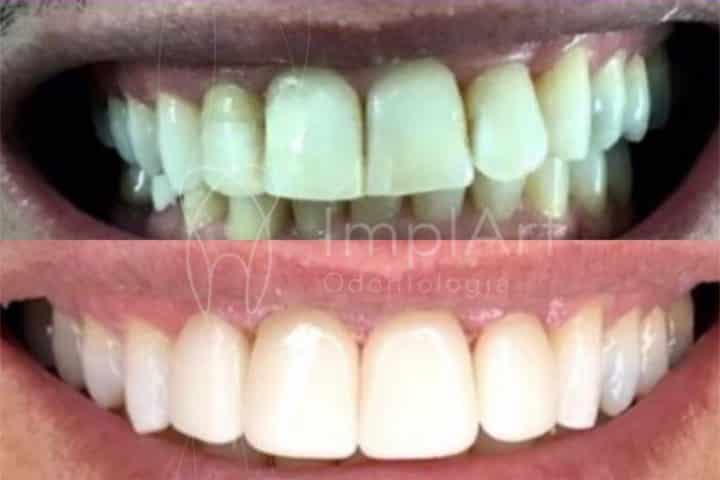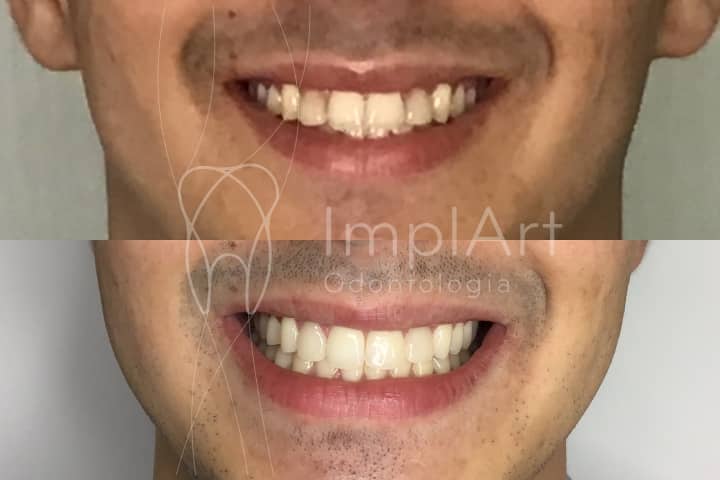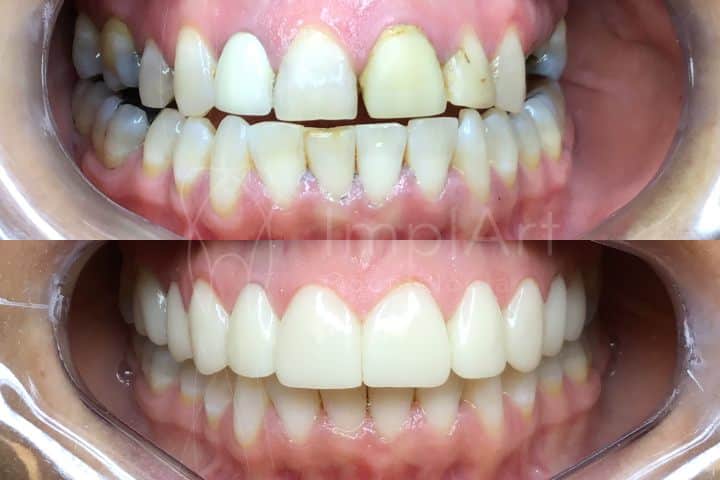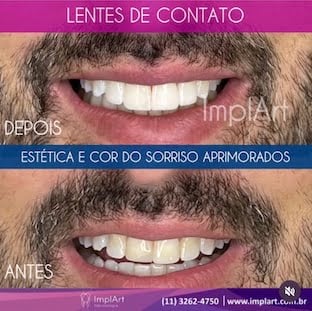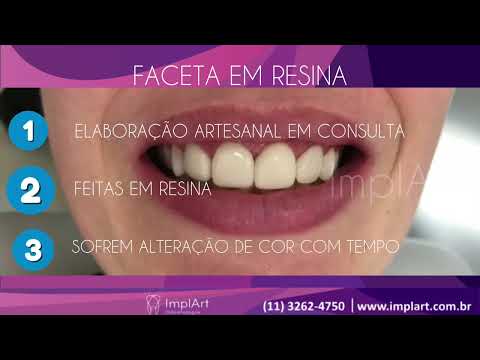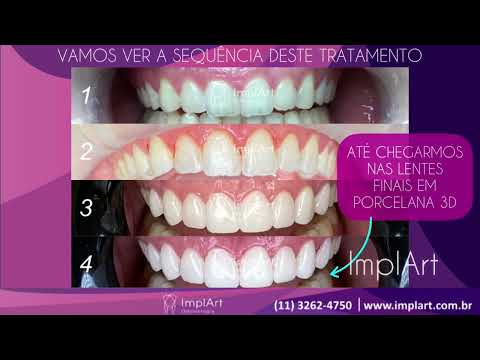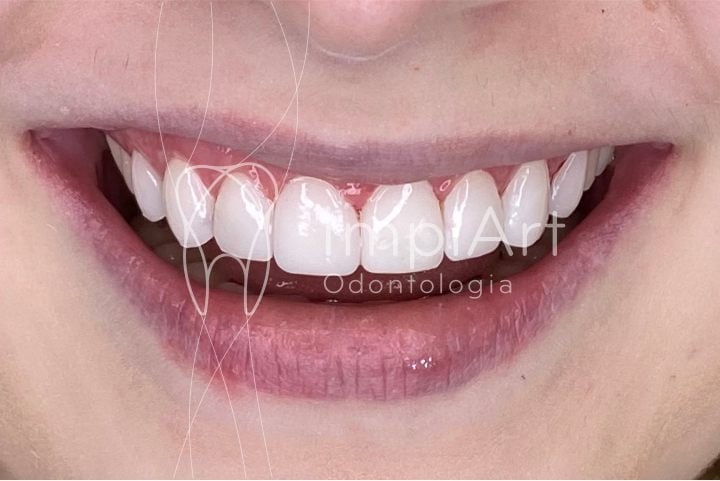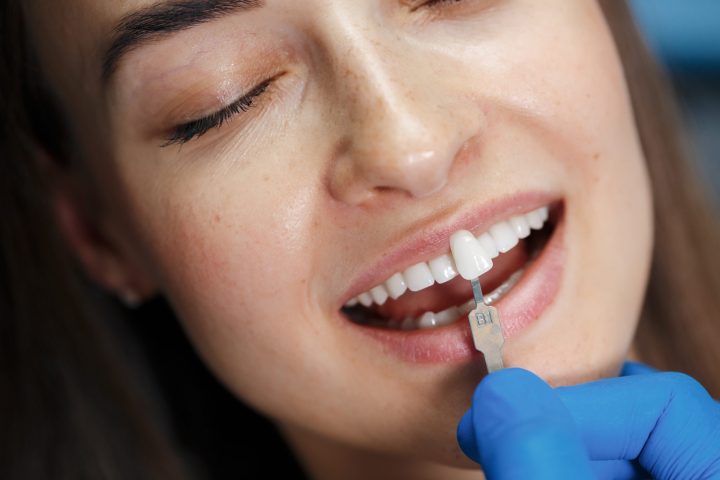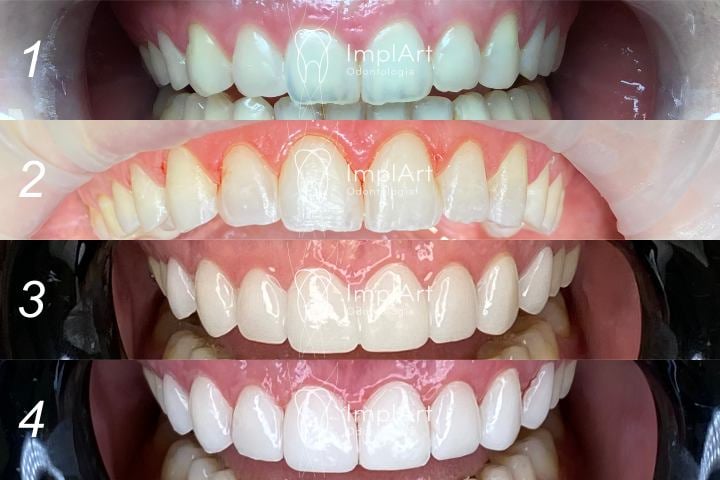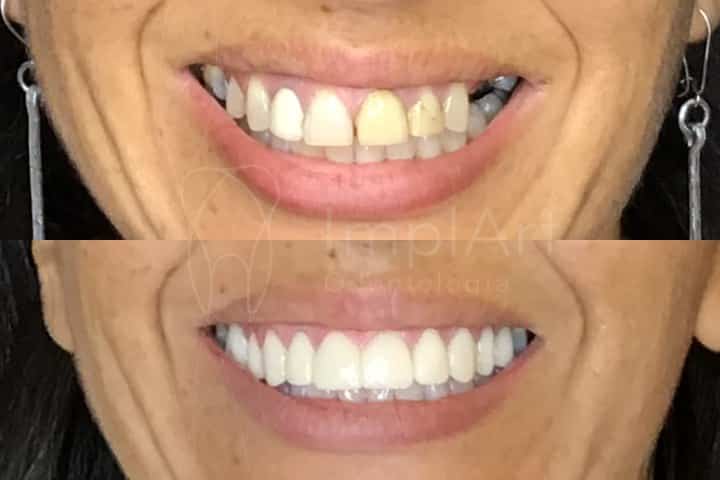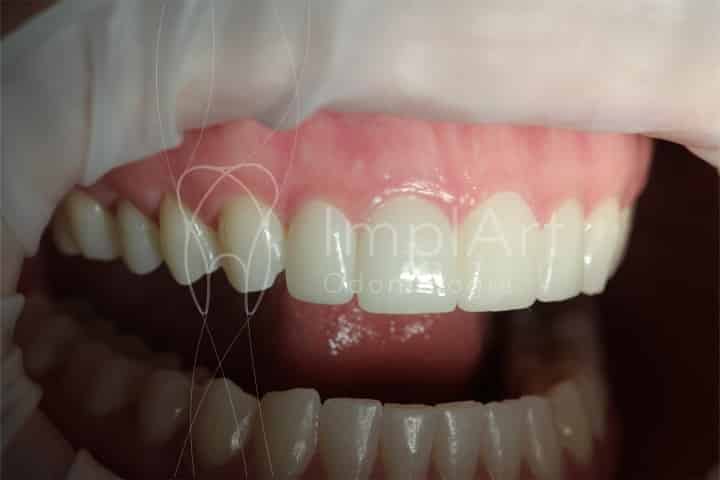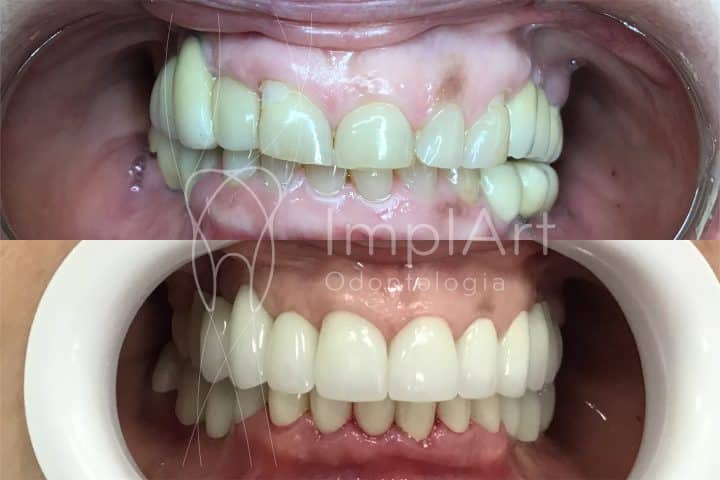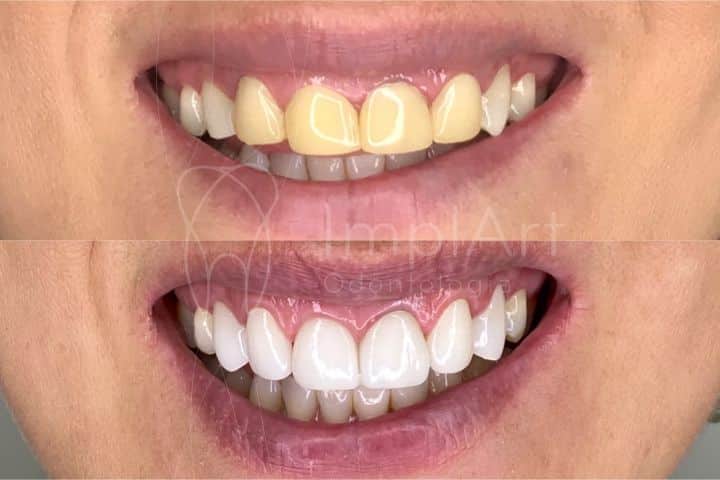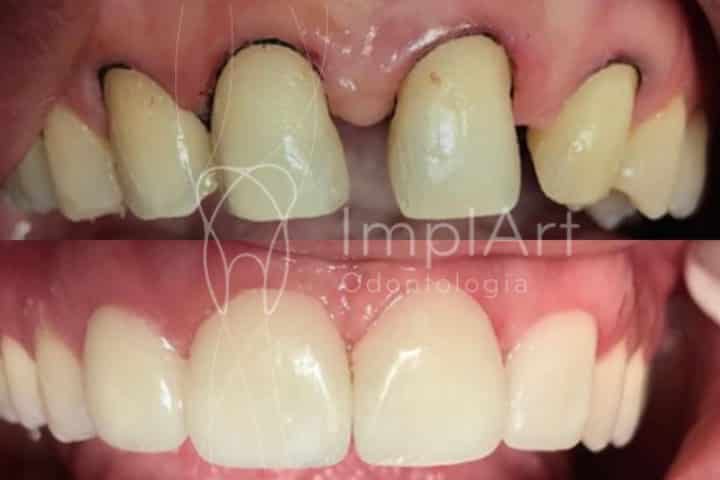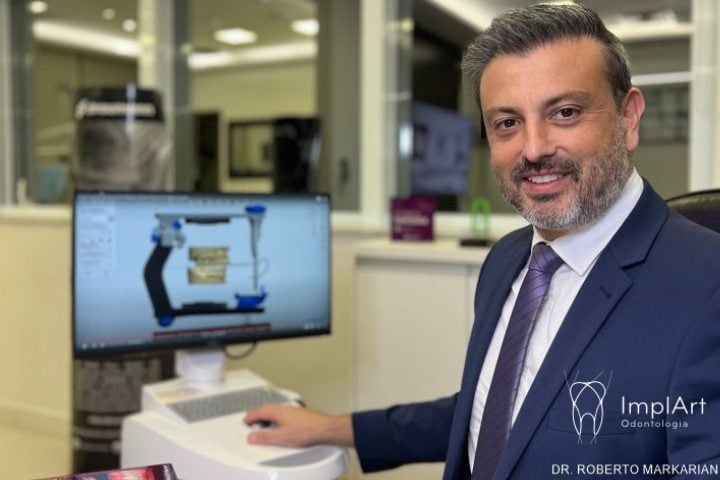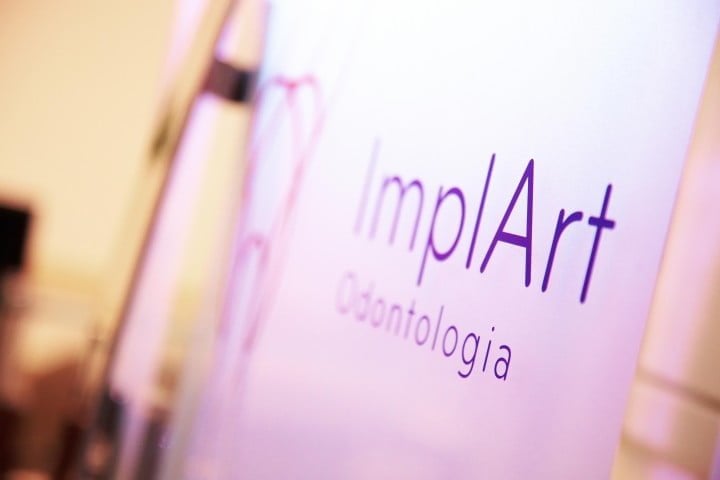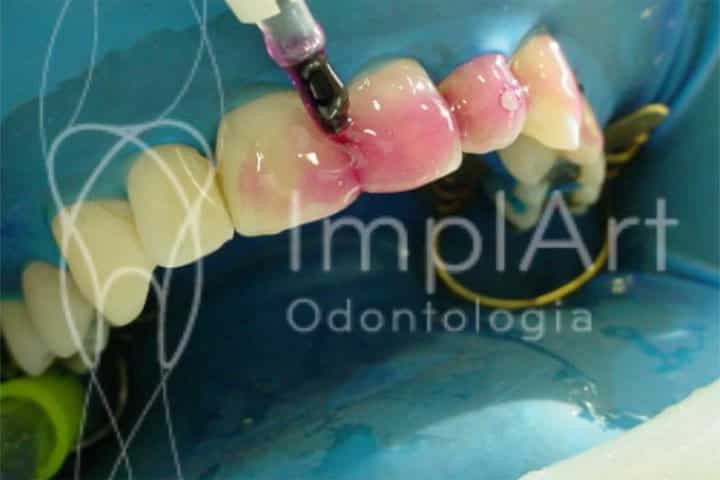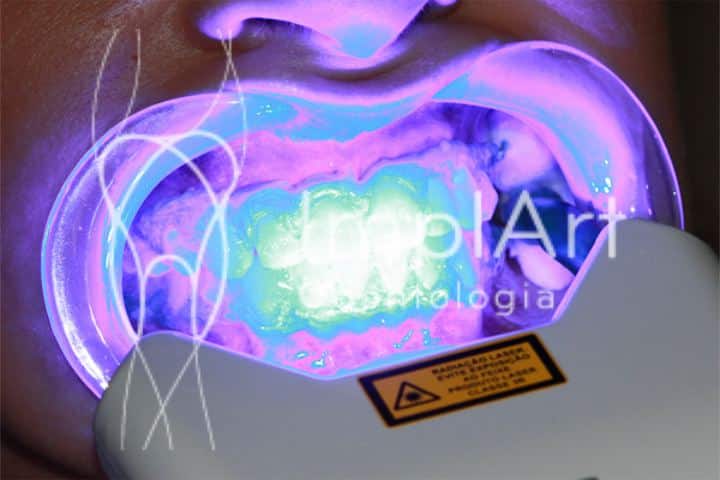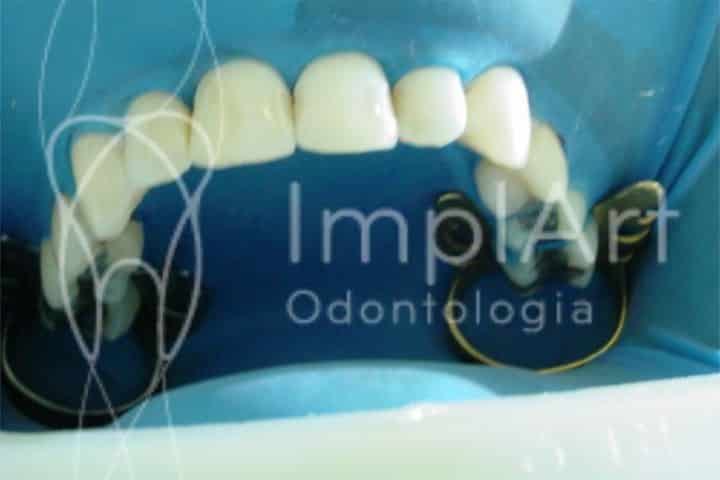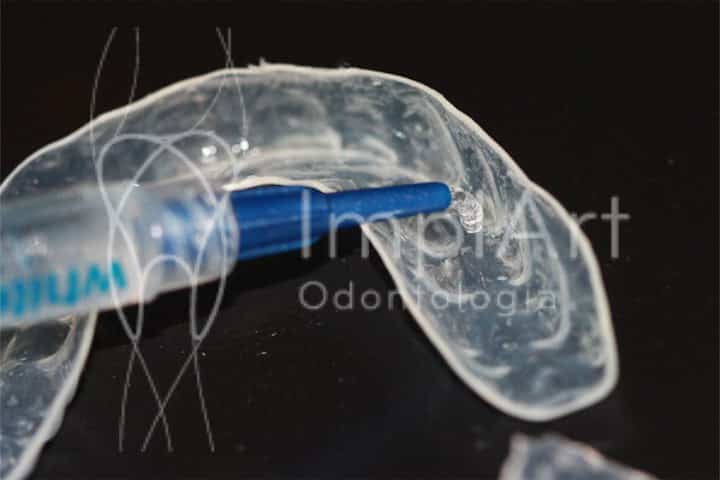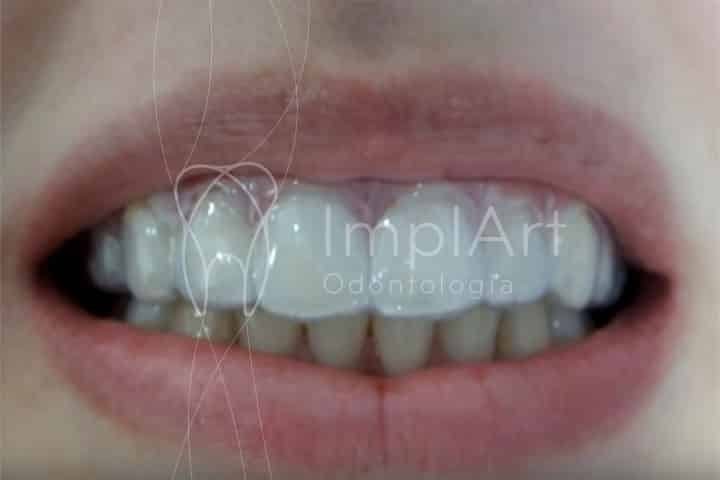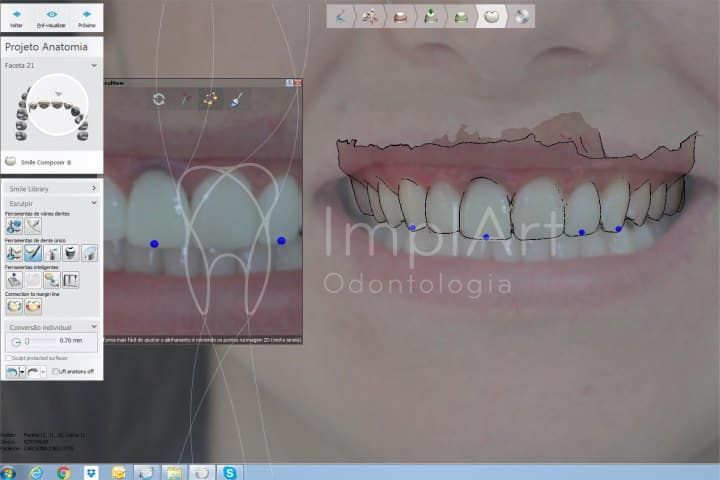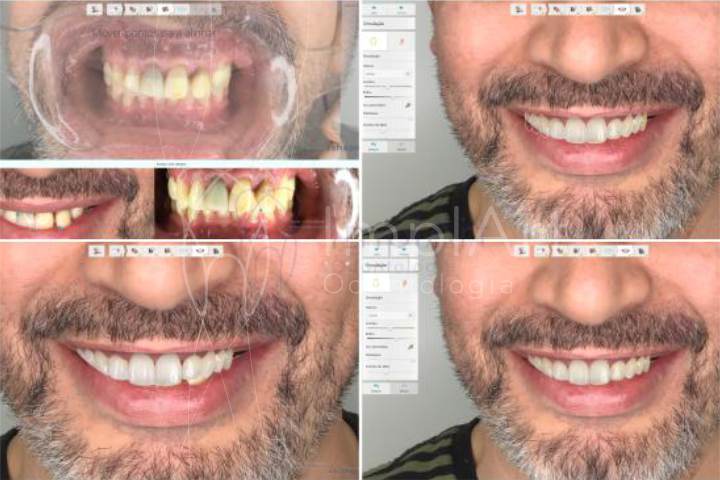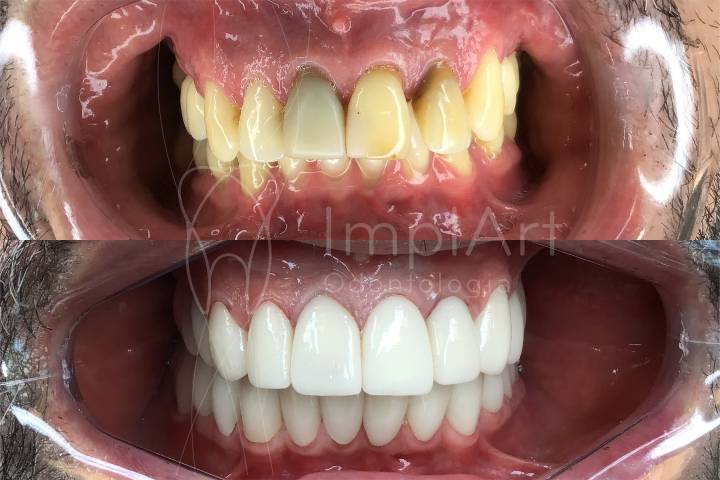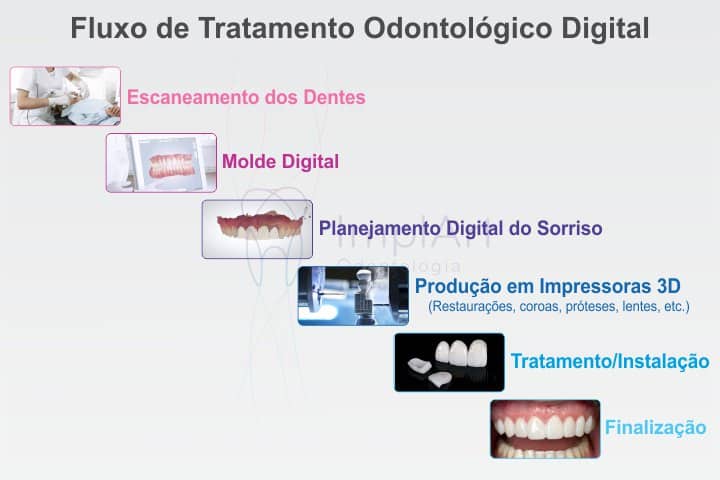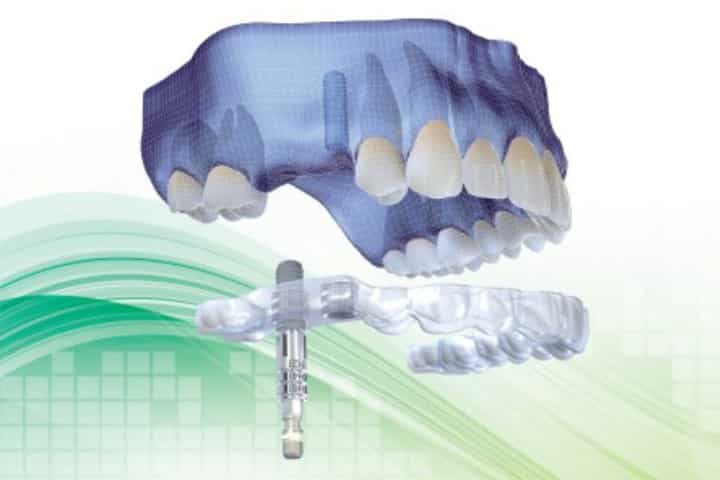The Dangers of the Resin Veneer Trend in Young People
The popularity of resin veneers has increased significantly among young people in recent years. This trend, which has become a real trend, arouses curiosity and the desire to improve the appearance of the teeth. However, it is essential to be aware of the dangers involved in this procedure.
Resin veneers are thin sheets of aesthetic material placed on the surface of teeth to correct imperfections such as stains, misalignment and irregularities. Although they can provide an aesthetically pleasing appearance, you need to understand the risks to your oral health and consider carefully before going down this route.
In this series of articles, we’ll explore the dangers of resin veneers in young people and help you make an informed decision about this procedure. We’ll talk about the possible risks involved, the impacts on long-term oral health and the alternatives available. In addition, we will highlight the importance of a consultation with a qualified professional and post-procedure care so that you are prepared and aware before following this trend. We will also show you other treatment options such as tooth whitening and Porcelain Contact Lenses, which are considered a more durable and aesthetically superior treatment option. They can also be combined with other treatments such as dental implants.
Check out the following articles for complete and relevant information on resin veneers in young people, ensuring that you are well informed before making any decisions.
What is a resin veneer?
Resin veneers are a dental procedure that consists of applying thin layers of composite resin to the teeth to improve their aesthetic appearance. These veneers are a popular option for correcting dental imperfections such as stains, chips or misalignment.
To place the resin veneers on the teeth, the dentist removes a small amount of tooth enamel to ensure that the veneers fit correctly. The resin is then carefully applied to the teeth and molded to obtain the desired shape. Finally, the resin is polished to provide a natural, long-lasting finish.
Resin veneers are a popular option for correcting dental imperfections such as stains, chips or misalignment due to their low cost and speed of execution.
*Learn about the differences between resin veneers and porcelain veneers: Differences between dental contact lenses and resin veneers
How is the Resin Veneer made?
The application of resin veneers is a simple and minimally invasive procedure that can be carried out in just a few dental appointments. This technique offers satisfactory aesthetic results and can significantly improve an individual’s smile. They can even be performed in conjunction with dental implants for patients who need them on other teeth.
*To find out more about implants, visit: 7 Crucial Questions About Dental Implants
The material used in resin veneers is usually composite resin, which is a resistant and versatile material. Composite resin can be manipulated by the dentist to perfectly match the color and shape of the natural teeth, providing a harmonious and natural look to the smile.
It’s important to note that resin veneers can be a temporary solution, as they may need to be replaced over time due to natural wear and possible discoloration. Resin is a material that acquires pigmentation over time, turning yellowish. This does not happen with porcelain contact lenses, as porcelain always remains the same color and shape.
Photos show yellowing of the resin veneer on the left side. Right and bottom sides show result of Porcelain Contact Lens treatment
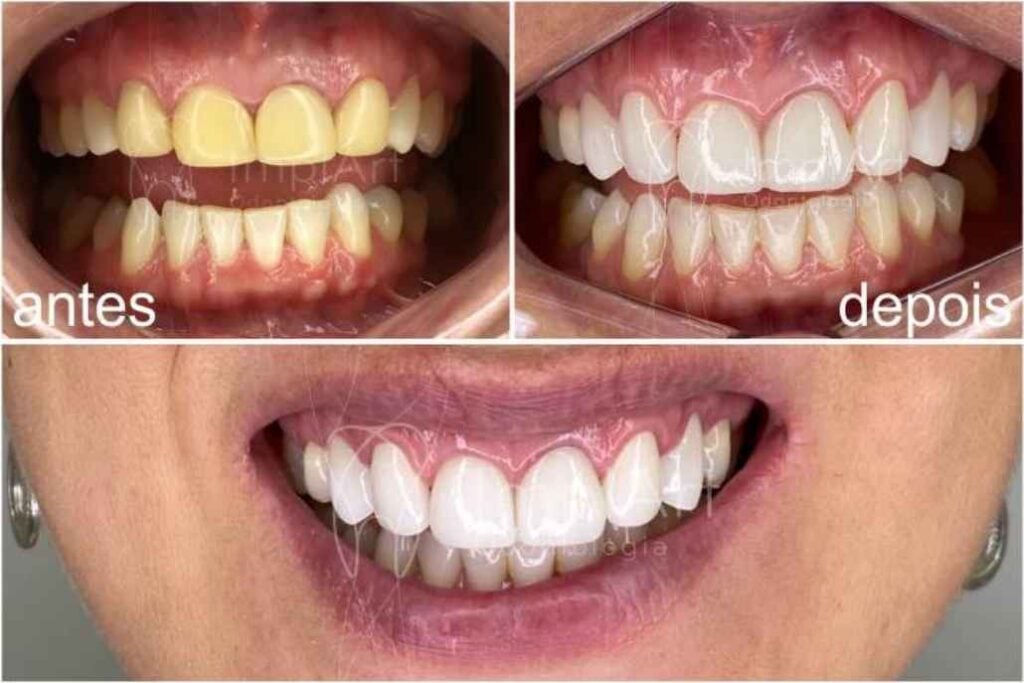
Growing popularity among young people
The practice of using resin veneers has gained significant popularity among young people in recent years. This trend has been driven by a variety of reasons, ranging from the search for an aesthetically appealing smile to the influence of social media and celebrities.
With the growing importance of physical appearance in today’s society, many young people are looking to improve their smile and self-confidence. Resin veneers offer a relatively affordable and quick solution for correcting dental imperfections such as stains, slight misalignments and small gaps between teeth.
Unlike other more complex dental procedures, such as implants or braces, resin veneers require less time and no drastic interventions. This makes resin veneers more attractive to young people who want a quick and efficient makeover.
However, young people should be aware of the potential risks and impacts of this dental procedure before making an informed decision. First of all, they should thoroughly assess the real need for an intervention on a healthy tooth and the long-term consequences and complications.
Risks involved with resin veneers in young people
Resin veneers have gained popularity among young people, but it is important to be aware of the risks involved in this procedure. Although it is a non-invasive method of improving the appearance of teeth, there are possible complications and side effects that should be considered.
One of the risks associated with resin veneers is the possibility of developing tooth sensitivity. As veneers involve removing a small amount of tooth enamel, teeth can become more sensitive to cold or hot temperatures. This can cause discomfort when eating or drinking food and drinks at different temperatures.
In addition, young people who opt for resin veneers can also face bite adjustment problems. If the veneers are not designed correctly or placed in an inappropriate position, this can affect the way the teeth fit together when closing the mouth. This can lead to chewing problems, jaw pain and even speech problems.
Another risk of resin veneers is excessive wear on the teeth. Due to the material used in veneers, such as composite resin, teeth can wear down faster than normal. This can result in irreversible damage to the teeth and require additional dental treatment in the future, possibly leading to tooth loss and the need for dental implants.
It is essential that young people are aware of these risks before opting for resin veneers. Consulting a dentist specializing in cosmetic dentistry is essential for a complete assessment of oral health and determining whether the procedure is appropriate for each specific case.
“Although resin veneers can provide a significant aesthetic improvement, it is important to weigh up the potential risks. Young people should seek adequate information and make an informed decision about the procedure.” – Dr. Roberto Markarian, ImplArt Clinic.
Reversibility of resin veneers
In this section, we will explore whether resin veneers can be removed and whether it is possible to reverse their effects. It is important that readers are aware of the procedures involved in removing resin veneers and the options available.
Resin veneers are reversible, which means that they can be removed if necessary or desired. However, the removal of resin veneers requires the knowledge and skill of a qualified dentist.
There are different methods for removing resin veneers, depending on the type of adhesive used in their initial placement. The dentist can use techniques such as mechanical removal, using special drills, or chemical removal, using specific solvents.
It is important to note that removing resin veneers can result in damage to the teeth, such as loss of enamel or small fractures. It is therefore essential to seek the advice of a qualified professional before opting to remove veneers.
“Resin veneers should be removed by an experienced dentist to ensure safety and minimize the risk of damage to natural teeth.” – Dr. Roberto Markarian
If the patient decides to remove the resin veneers, it may be necessary to plan additional treatment to restore the appearance and functionality of the teeth. The dentist will be able to evaluate other options, such as dental crowns or dental contact lenses, to achieve the desired result.
In conclusion, resin veneers are reversible and can be removed by a qualified dentist. However, it is essential to consider the potential risks and the impact on oral health before making the decision to remove them.
| Removal methods | Description |
|---|---|
| Mechanical removal | Use of special drills to separate the resin veneers from the natural teeth. |
| Chemical removal | Application of specific solvents to weaken adhesion between resin veneers and natural teeth. |
Alternatives to resin veneers
For those who want to improve the appearance of their teeth, there are alternatives to resin veneers. In addition to the resin veneers procedure, there are other dental treatments available that can give stunning aesthetic results.
Dental Contact Lenses
One of the popular alternatives to resin veneers are dental contact lenses. These ultra-thin porcelain veneers are applied to the surface of the teeth, providing a natural appearance and a perfect smile. Dental contact lenses or porcelain veneers are ideal for correcting imperfections such as stains, spacing between teeth and misaligned teeth. Contact lenses remain the same over time, without changing shape or color.
Dental crowns
Another option is dental crowns, which are protective caps placed over a damaged, discolored or worn tooth. As well as improving the appearance, dental crowns can also strengthen and protect teeth. Crowns are made from porcelain, metal or a combination of materials, depending on the needs of each patient. However, it is important to note that dental crowns are indicated for teeth that are already compromised and weakened.
The importance of a consultation with a qualified professional
A consultation with a specialist in aesthetic dentistry provides an accurate assessment of the dental condition and offers fundamental information for making an informed decision about resin veneers. At Clínica ImplArt, considered the best dental clinic in São Paulo, each case is assessed individually by Dr. Roberto Markarian, taking into account the patient’s general oral health and identifying whether this is the most suitable option for improving the appearance of the teeth.
Dr. Markarian addresses all treatment options. Alternatives to resin veneers are evaluated, presenting other treatment options that can meet the patient’s needs and achieve desired results, such as dental contact lenses and laser whitening.
Post-procedure care
After placing resin veneers, it is essential to follow specific precautions to ensure the durability and success of the procedure. Good oral hygiene and some additional care are recommended to avoid complications and maintain a healthy smile.
Daily oral hygiene
It is important to brush your teeth at least twice a day, using a soft-bristled toothbrush and suitable toothpaste. In addition, it is recommended to floss daily to remove plaque and food debris from between the teeth.
Avoid pigmented foods and drinks as they may stain the Resin Veneer
Foods and drinks with intense coloring, such as coffee, tea, soft drinks, red wine and dark sauces, can stain resin veneers over time. It is advisable to avoid excessive consumption of these products or, if consumed, to perform immediate oral hygiene after ingestion.
Avoid biting hard objects
Avoiding biting hard objects such as pens or opening packages with your teeth is essential to prevent damage to resin veneers. These habits can cause cracks, chips or even the veneers to peel off, compromising the aesthetic result achieved.
Regular visits to the dentist
It is essential to keep regular visits to the dentist, usually every six months, for professional assessments and cleanings. During these appointments, the professional will be able to check the integrity of the resin veneers, ensuring that they are in good condition and carrying out any necessary adjustments or repairs.
| Post-procedure care | Recommendations |
|---|---|
| Daily oral hygiene | Brush your teeth twice a day, floss daily. |
| Avoid pigmented foods and drinks | Avoid excessive consumption of coffee, tea and red wine, among others, or clean your mouth immediately after drinking them. |
| Avoid biting hard objects | Don’t bite hard objects like pens or open packages with your teeth. |
| Regular visits to the dentist | Keep appointments every six months for professional evaluations and cleanings. |
Regular check-ups and professional monitoring
Once the resin veneers have been fitted, it is crucial to have regular check-ups with a qualified dentist. During these appointments, the professional will assess the condition of the veneers, the health of the underlying teeth and carry out any necessary cleaning and adjustments. Regular check-ups make it possible to identify and treat any problems before they become more serious.
In addition, regular check-ups help to monitor the correct adaptation of the resin veneers and check that there is no wear or improper fit. These assessments also allow the dentist to detect any signs of complication, such as infiltrations or damage to adjacent teeth, ensuring the longevity of the veneers and overall oral health.
It is recommended that regular check-ups take place every six months, or as advised by the dentist, allowing for proper monitoring and the opportunity to make adjustments or correct problems early on.
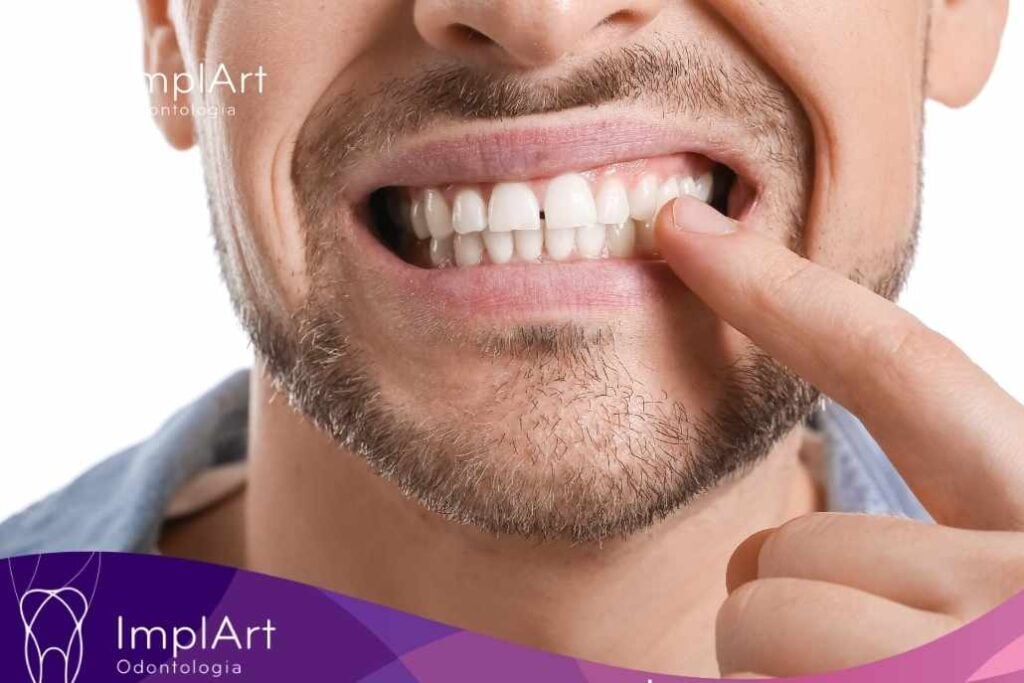
The importance of professional support
In addition to regular check-ups, it is essential to have professional follow-up care throughout the process. During follow-up appointments, the dentist will be able to answer any questions or concerns the patient may have, offer specific guidance on oral hygiene and provide personalized care according to individual needs.
According to Dr. Roberto Markarian, professional follow-up is also an opportunity for the dentist to identify any signs of excessive wear, adjust the bite if necessary and provide valuable tips for maintaining the long-term health of the veneers and teeth.
Conclusion
In conclusion, it is crucial that young people carefully consider the dangers associated with resin veneers before joining this aesthetic trend. Although they can provide a temporary attractive appearance, these veneers also pose risks to oral health in the long term.
We strongly recommend that those interested in resin veneer procedures seek adequate information and consult a qualified professional before making a decision. It is essential to understand the possible side effects, complications and impacts on oral health before going ahead with the procedure.
In addition, there are alternatives available to improve the appearance of the teeth, such as dental contact lenses and dental crowns. Treatments can be carried out alongside dental implants or other oral rehabilitation procedures. It is important to explore all the options and seek the advice of a specialist in aesthetic dentistry.
Frequently asked questions about Resin Veneers
Why have resin veneers become a fever among young people?
According to Dr. Roberto Markarian , “The smile has always been a calling card, but with social media, it has become a constant showcase. Many young people are looking for resin veneers as a quick fix, but care must be taken to ensure that aesthetic desires don’t take precedence over oral health.”-Dr. Roberto Markarian
What should patients consider before deciding to have a resin veneer?
Dr. Roberto Markarian advises that “Before any aesthetic transformation, it is essential that the patient understands the pros and cons of the procedure. A careful assessment avoids future regrets.”
On the risks of resin veneers:
Dr. Roberto Markarian warns that “The application of resin veneers is not a harmless procedure. When done without planning, they can lead to functional complications and irreversible damage to natural teeth.”
Which is better, a resin veneer or a porcelain veneer?
According to Dr. Roberto Markarian, “Each case requires an individual analysis. In some patients, porcelain may be the best choice because of its durability and aesthetic stability.” – Dr. Roberto Markarian
What is the post-procedure care for Veneers?
According to Dr. Markarian, “Correct maintenance of resin veneers is essential. Good habits and regular visits to the dentist are essential to preserve the results and avoid complications.”
Considerations by Dr. Roberto Markarian, director of the ImplArt Clinic on Resin Veneer treatment
“We are living in an era when dental aesthetics are highly valued, which is understandable and legitimate. However, I often see young people who come to the clinic looking for resin veneers influenced by fads and with no real idea of the impact this procedure can have.
Our mission at the ImplArt Clinic is to inform, guide and offer the best alternatives for each patient, always prioritizing long-term oral health. Aesthetics are important, but they must never compromise the function and integrity of the teeth.
Before following any trend, I recommend seeking out a qualified professional who can present an individualized treatment plan based on a complete diagnosis. In this way, we guarantee not only a beautiful smile, but also a healthy and long-lasting one.” says Dr. Roberto Markarian, Clinical Director of the ImplArt Clinic.
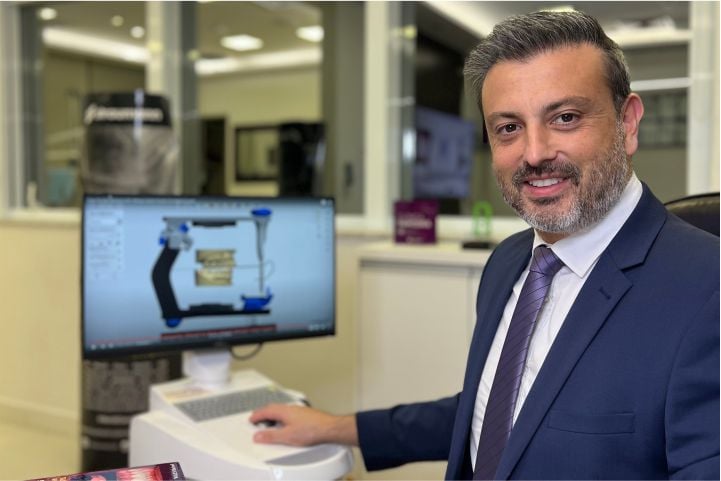
Text written by DR. ROBERTO MARKARIAN – CRO-SP 73.583
Founder and Director of the ImplArt Dental Clinic – Dr. Roberto’s Linkedin profile
Access Dr. Roberto Markarian‘s scientific production on Google Scholar
Dr. Roberto Markarian is a reference in dental implants and computerized dental prostheses in Brazil. As well as having more than 10,000 implants installed, he is a researcher who produces knowledge that is published worldwide in renowned scientific journals in the field of dentistry. He is responsible for promoting knowledge and high technology applied in all the treatments offered by the ImplArt Dental Clinic.
*Accessmore videos about the treatments on the ImplArt Dental Clinic YouTube channel and see how a dental implant is made: ImplArt Dental Clinic YouTube videos
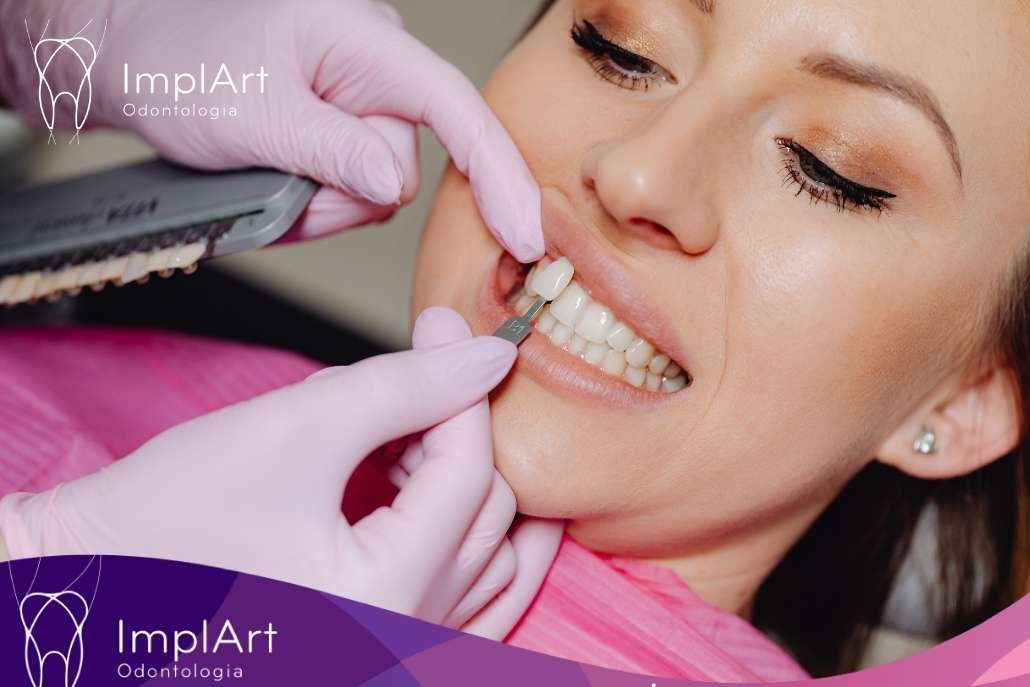
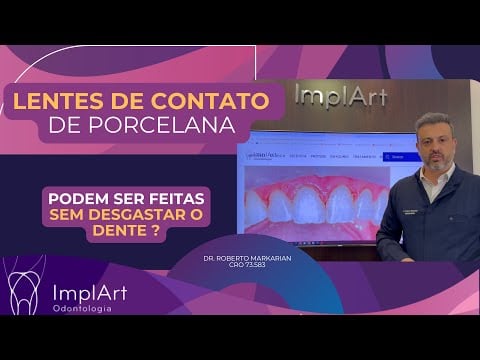
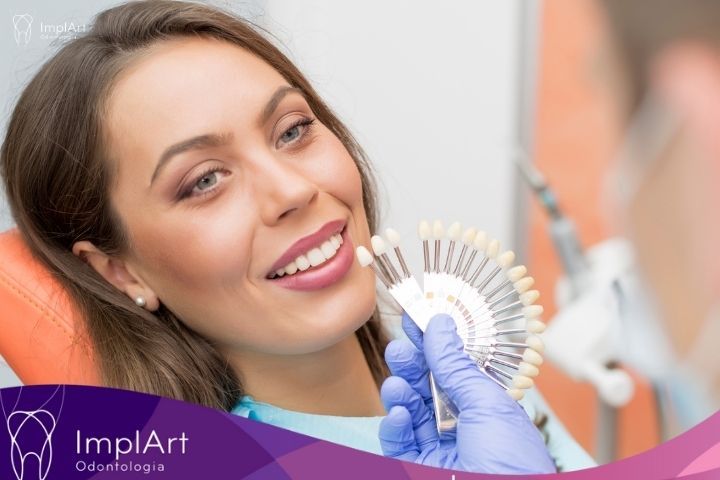
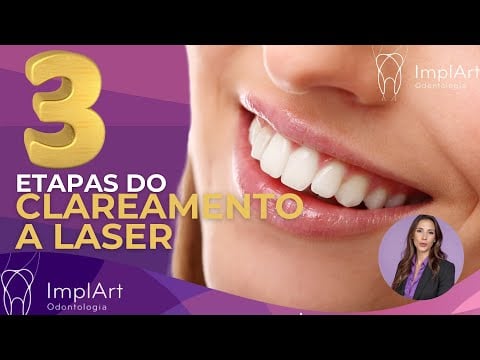
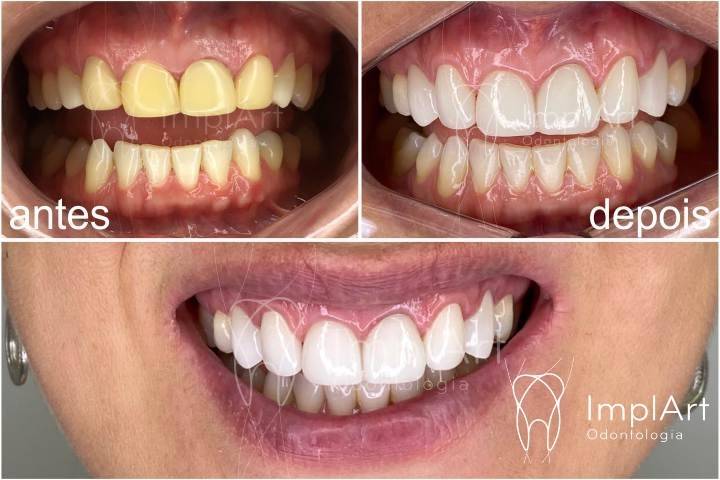
 Agende sua consulta agora por WhatsApp
Agende sua consulta agora por WhatsApp